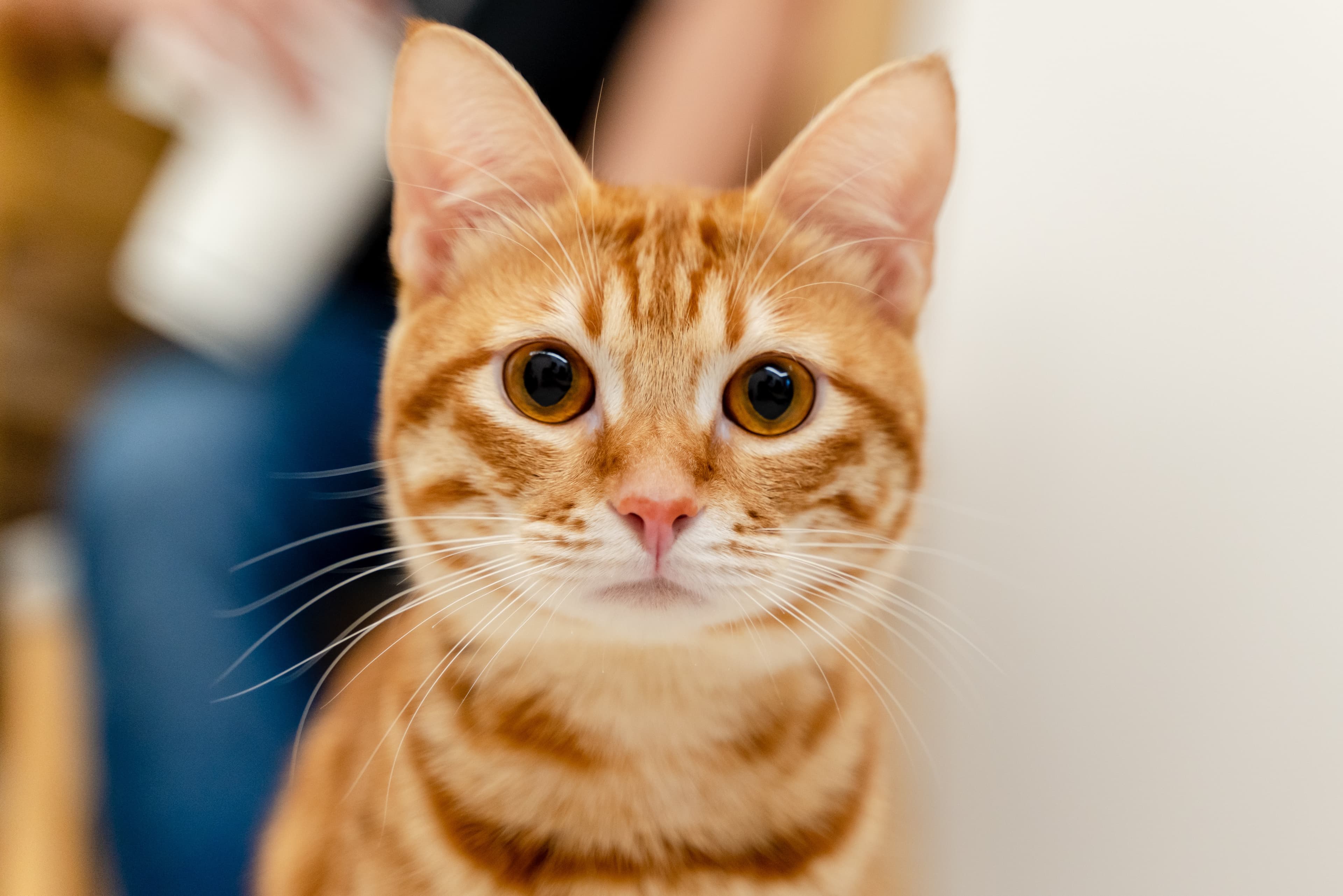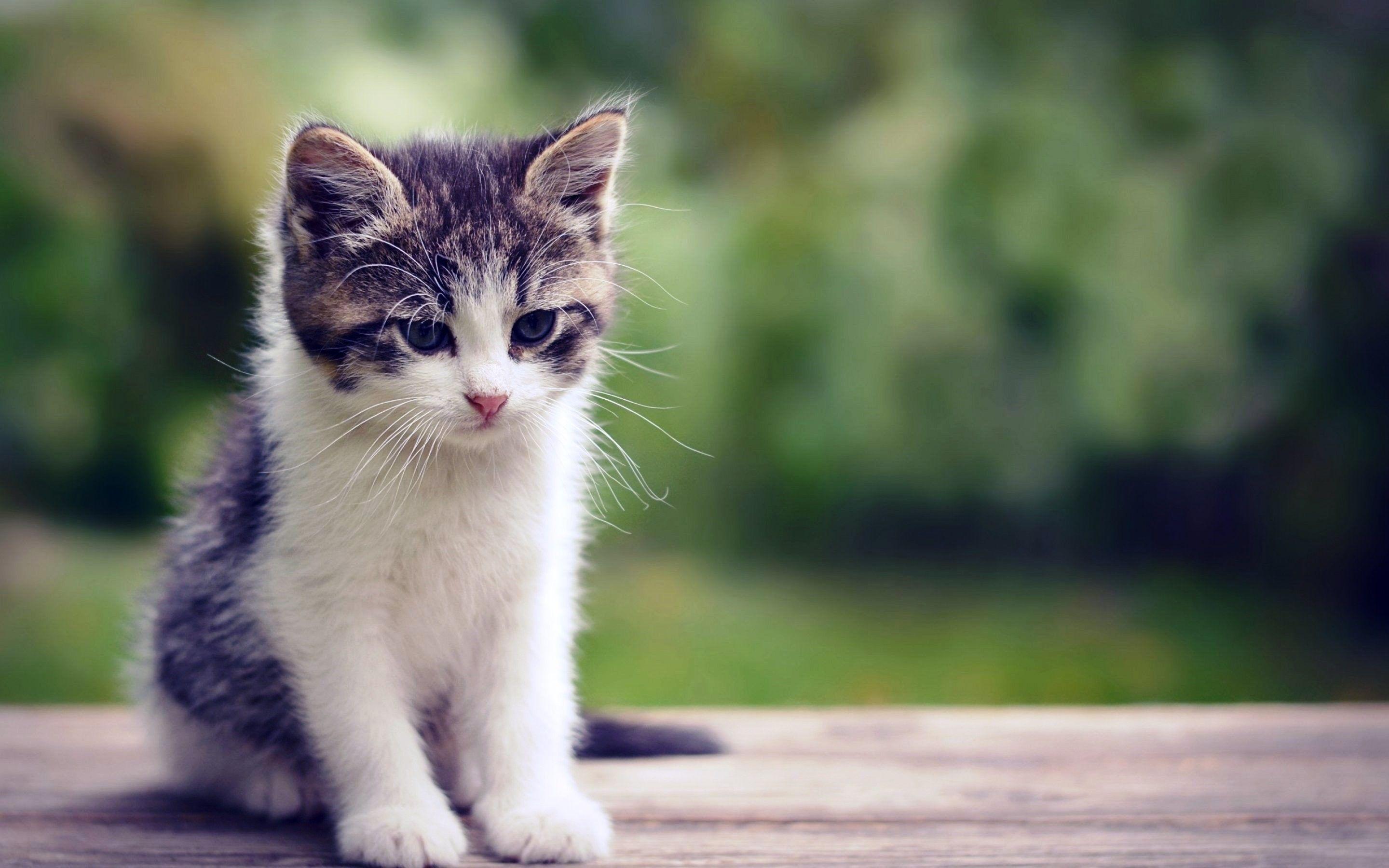When is Cat Tiff’s Baby Due? Everything You Need to Know
Are you excitedly awaiting the arrival of kittens? Whether you’re a seasoned cat owner or a first-time expectant grandparent, understanding the feline gestation period is crucial. This article provides a comprehensive guide to understanding when your cat, affectionately called “Tiff” (or any other name!), is due, covering everything from recognizing signs of pregnancy to preparing for the big day.
This guide aims to answer the common question: “When is my cat’s baby due?” and provide you with the necessary information to ensure a healthy pregnancy and a safe delivery. Let’s dive in!
Understanding the Feline Gestation Period
The gestation period for cats is relatively short compared to humans. Knowing the typical timeframe is the first step in anticipating your cat’s delivery.
- Average Length: The gestation period for cats typically lasts between 63 and 67 days, or about 9 weeks, from conception.
- Variations: While this is the standard, the exact duration can vary slightly depending on individual cat factors and the number of kittens.
- When Does Conception Happen? Conception usually happens after mating. Unlike humans, there’s no way to know precisely when conception occurred without knowing the exact date of mating.
Recognizing the Signs of Pregnancy in Your Cat
Early detection is key! Recognizing the signs of pregnancy allows you to provide appropriate care and prepare for the kittens’ arrival. Here are some telltale indicators:
- Physical Changes:
- Nipple Enlargement (Pinking Up): Around 2-3 weeks after conception, the nipples will become more prominent and pinker. This is often one of the earliest visible signs.
- Weight Gain: A gradual increase in weight is expected as the kittens grow.
- Abdominal Swelling: The abdomen will begin to swell noticeably as the pregnancy progresses. This becomes more apparent in the later stages.
- Behavioral Changes:
- Increased Appetite: Pregnant cats often eat significantly more.
- Morning Sickness: Some cats experience early-stage morning sickness, leading to vomiting or decreased appetite.
- Increased Affection: Your cat might become more affectionate and clingy.
- Nesting Behavior: Towards the end of the pregnancy, the cat will start looking for a safe, quiet place to give birth.
Confirming the Pregnancy: Veterinary Check-ups
While the above signs are helpful, confirming the pregnancy with a veterinarian is highly recommended. Your vet can offer several helpful checks and advice.
- Palpation: A veterinarian can often feel the kittens (fetal kittens) through the abdomen around 2-3 weeks after conception. This is a gentle manual check.
- Ultrasound: An ultrasound can confirm the pregnancy and detect fetal heartbeats as early as 2-3 weeks. This is a reliable method of early pregnancy detection and can provide a more accurate estimate of the due date.
- X-rays: X-rays are typically taken later in the pregnancy (around 40 days) to determine the number of kittens. However, X-rays use radiation, so your vet may recommend against them.
Calculating the Due Date: Estimating and Preparation
Once the pregnancy is confirmed, estimating the due date becomes a priority.
- Based on Mating Date: If you know the exact date of mating, you can calculate the due date by adding 63-67 days. This is the most precise method.
- Using the Ultrasound: The vet can provide a more accurate due date based on the ultrasound results.
- Preparing for Delivery:
- Nesting Box: Provide a quiet, comfortable, and easily accessible nesting box in a warm, draft-free area. Line it with soft, clean bedding like towels or blankets.
- Veterinary Contact: Have your veterinarian’s contact information readily available.
- Emergency Plan: Prepare for potential complications. Know the signs of a difficult birth (dystocia) and when to seek immediate veterinary assistance.
The Final Weeks: Monitoring and Care
In the final weeks of pregnancy, pay close attention to your cat.
- Diet: Continue to provide high-quality, easily digestible food. Increase the amount of food offered as her appetite increases.
- Rest: Ensure your cat has plenty of rest and avoids strenuous activity.
- Monitoring: Closely monitor her behavior and physical condition. Look for any signs of distress or potential complications.
- Temperature Drop: A drop in the cat’s rectal temperature (usually below 100°F / 37.8°C) just before labor can be a sign of labor beginning within 24 hours.
The Delivery: What to Expect
While most cats deliver without intervention, it’s essential to be prepared.
- Labor Stages:
- Stage 1: Restlessness, nesting behavior, and mild contractions. This can last for several hours.
- Stage 2: Strong contractions, pushing, and delivery of kittens. The interval between kittens is usually 15-60 minutes, but can be longer.
- Stage 3: Passing of the placenta (afterbirth) after each kitten.
- Helping Your Cat:
- Observe from a Distance: Allow your cat to give birth naturally, but observe from a distance to ensure everything is progressing smoothly.
- Don’t Interfere Unless Necessary: Avoid interfering unless your cat is struggling or if there are signs of complications.
- Cleanliness: Your cat will typically take care of cleaning the kittens and biting off the umbilical cords.
- Post-Delivery Care:
- Ensure Kittens are Nursing: Make sure the kittens are nursing properly.
- Monitor the Mom: Observe the mother for any signs of infection or complications.
- Veterinary Check-up: Schedule a post-partum check-up for both the mother and the kittens with the vet.
Conclusion: A Rewarding Journey
Knowing when your cat is due and understanding the process of feline gestation and delivery is vital for ensuring a healthy pregnancy and the safe arrival of your kittens. By being prepared, providing proper care, and seeking veterinary assistance when needed, you can help your cat through this rewarding journey. Remember to enjoy this special time and celebrate the new additions to your family!
Frequently Asked Questions (FAQs)
1. How can I tell if my cat is pregnant?
Look for signs like enlarged nipples (pinking up), weight gain, increased appetite, morning sickness, and nesting behavior. However, a vet visit is the best way to confirm pregnancy.
2. What if my cat’s pregnancy lasts longer than 67 days?
Consult your veterinarian immediately. Prolonged gestation can indicate complications and requires professional intervention.
3. When should I take my cat to the vet during the pregnancy?
It is important to take your cat to the vet for an initial check-up once you suspect she is pregnant. Schedule an ultrasound to confirm, and then a final check-up after the kittens are born. Contact your vet immediately if you notice any bleeding, fever, excessive straining during labor, or if the cat seems unwell.
4. How many kittens can a cat have?
The average litter size is 4-6 kittens, but it can range from 1 to as many as 12.
5. What kind of food should I feed my pregnant cat?
Feed your pregnant cat a high-quality kitten food, which is specially formulated to meet the increased nutritional demands of pregnancy and lactation.




